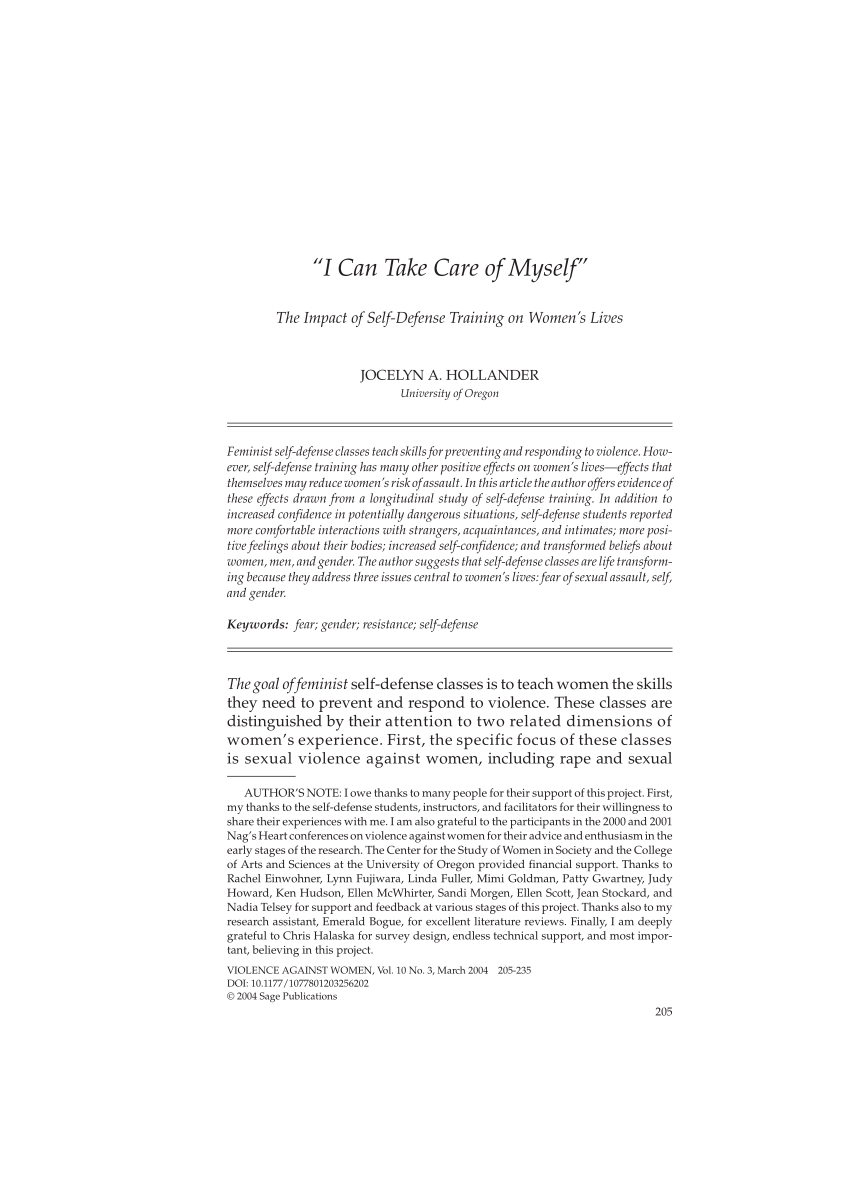
Wharncliffe blades look similar to drop point blades but have a sharp point instead of dull things. It was first invented in the 18th century by an English blademaker named William Wharncliffe. Many people have attempted it to be copied since then.
Simple
It is important to consider the quality of a wharncliffe-blade. You want something that will last for a long time and be effective. If a simple wharncliffe blade breaks after a short time, this is a sign of a poor quality product. Alternatively, you can choose a cheaper model if you are on a tight budget.
Nimble
The Wharncliffe is one of the most versatile knife shapes. It is extremely versatile, making it an ideal choice for many tasks. Because the edge slopes up towards the point, it offers better penetration and is more nimble in tight spaces. The Wharncliffe's proper tip has a longer blade but offers more cutting areas. However, it is less durable.

Narrow
Wharncliffe blades have a distinctive profile and sloping cut surface. Some users have criticised the blade's unusual shape. However, this blade is a great option for anyone who needs a low profile self-defense knife. Though it is made of super steel, the Wharncliffe is useless without a good handle.
Straight edge
Wharncliffe blades have a straight edge, and a curved spine. Its purpose is not for prying, but for cutting. Wharncliffe knives can be used as a pocket knife. Some knives are made with a pointed tip that protects the cutting edge.
Clip point
Wharncliffe is a type of cutting tool that looks similar to a regular knife but has a unique shape that makes it superior to other blades. This blade features a shorter spine and a sharp point at one end. It is also surprisingly thick, making it strong and durable.
Damascus steel
Damascus, a combination 1095/L6 high carbon steels, is used to build the Wharncliffe's blade. The blade is razor-sharp and has a unique edge. All blanks for the blade have been heat-treated and are then sharpened. After the blade has been made, it can be handled.

Earlier examples
Wharncliffe's blade is a rare shape with a straight side. These blades have many advantages, including a balanced cutting power and reduced tip wear. These blades can be used for a wide range of everyday tasks.
Modern versions
While the classic Wharncliffe blade has been around for centuries, modern versions offer a different approach. The original Wharncliffe style was a fixed blade. However, modern versions can have a curved edge. Modern versions can also be opened and closed automatically.
FAQ
How much does a stun gun cost?
A stungun can be priced from $20 to $100 depending on the model.
Two batteries are included in most models. The battery lasts approximately three to four months.
Can I be charged with using my stungun?
No. Stun guns may be considered "less fatal" weapons. They can cause no serious injury, making them less lethal.
However, charges could still be brought against you if you accidentally hit anyone with your stungun.
What are some self-defense techniques?
Self-defense techniques can include kicks and punches as well as elbows, knees, knees and headbutts. These techniques may include grappling, such as wrestling or judo, and jujitsu.
Protect yourself from an attacker who is trying to hurt your feelings with self-defense tactics
They can also help someone defend themselves from an attack.
There are many self-defense methods. So choose the one that suits you best.
Is it legal to give a stungun to a child.
It depends on the age of the child.
Under 18: No.
18+: Yes
If you give a stun gun as a gift to a minor, make sure they are aware of the dangers.
It should be used only under the supervision of an adult.
Which weapon is best for self-defense?
A sharp knife is your best defense weapon. A knife is the best weapon for self-defense.
It doesn't mean you have to buy a $100 folding blade just to keep yourself safe. A simple pocketknife will do the job. You can also add additional tools to make sure you are ready for anything.
Do stun guns hurt people?
Not really. A stungun works by injecting small amounts of current directly into the skin.
This doesn't mean that you will suffer permanent damage.
Statistics
- Boxers aren't allowed to fight in a clinch, which is a position that occurs in 80% of the streetfights. (mmaclan.com)
- Kung Fu alone has 400 unique martial art styles – and whilst you likely won't be able to find a school for each form, many other martial arts are completely different altogether. (budodragon.com)
- Verbal harassment was the most common form, but 51 percent of women said they were touched or groped in an unwelcome way, while 27 percent of women survived sexual assault. (healthline.com)
- The Rape, Abuse & Incest National Network reports that 70 percent of sexual violence cases aren't committed by random strangers in a dark alley but by people we know: friends, family, partners, co-workers, etc. (healthline.com)
External Links
How To
How to use Kubotans to self-defense
Kubotan, or small sticks, are used as weapons by Okinawan masters in martial arts. These small sticks were made originally from bamboo, but they have since been replaced with metal and plastic.
They measure approximately 5cm in length and 2cm in width.
The Kubotan is designed for striking at an opponent's eyes and nose. It can also strike other body parts such elbows, knees, and wrists.
Kubotan is a popular choice for women as they are light and portable, can be hidden when not needed, and can be carried by most people.
You must be able to use the Kubotan correctly.
You must also practice with the Kubotan before going out to accurately hit the right spots.
These steps will show you how to use the Kubotan for self-defense.
-
Stand in front of the attacker
-
The Kubotan should be held between your index and thumb.
-
Arrest the Kubotan with one arm raised above your head.
-
The Kubotan should be lowered towards the attacker's face.
-
You can strike the attacker in the nose, eye, and mouth.
-
As it hits the target, the Kubotan should be visible.
-
Continue swinging the Kubotan to make a "thwacking" sound.
-
Lower the Kubotan and step back.
-
For those who want to fight on, you can repeat steps 1-7.